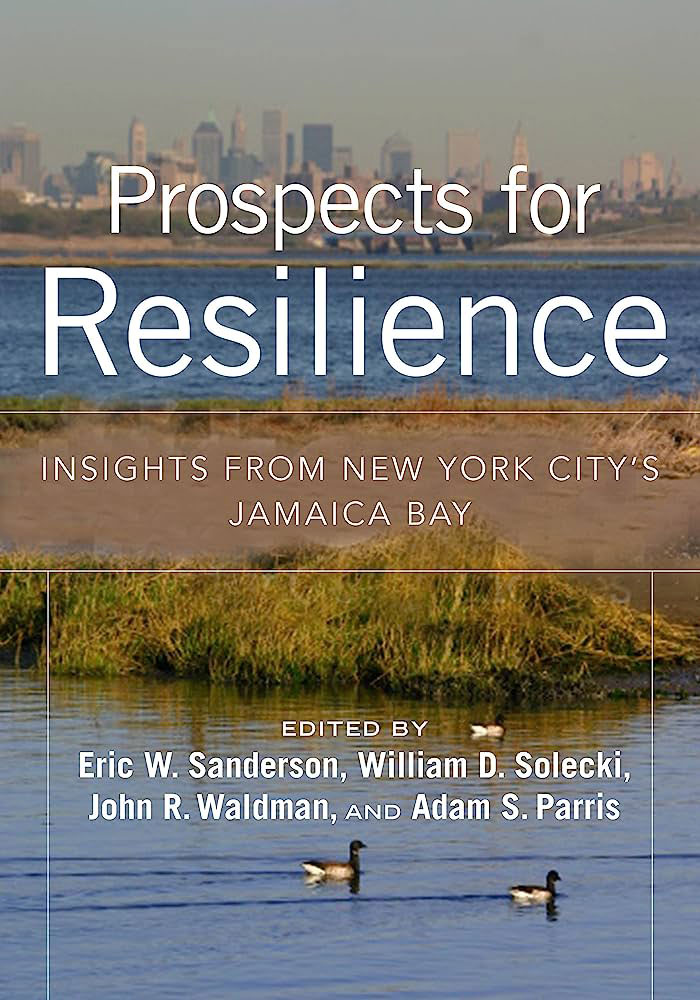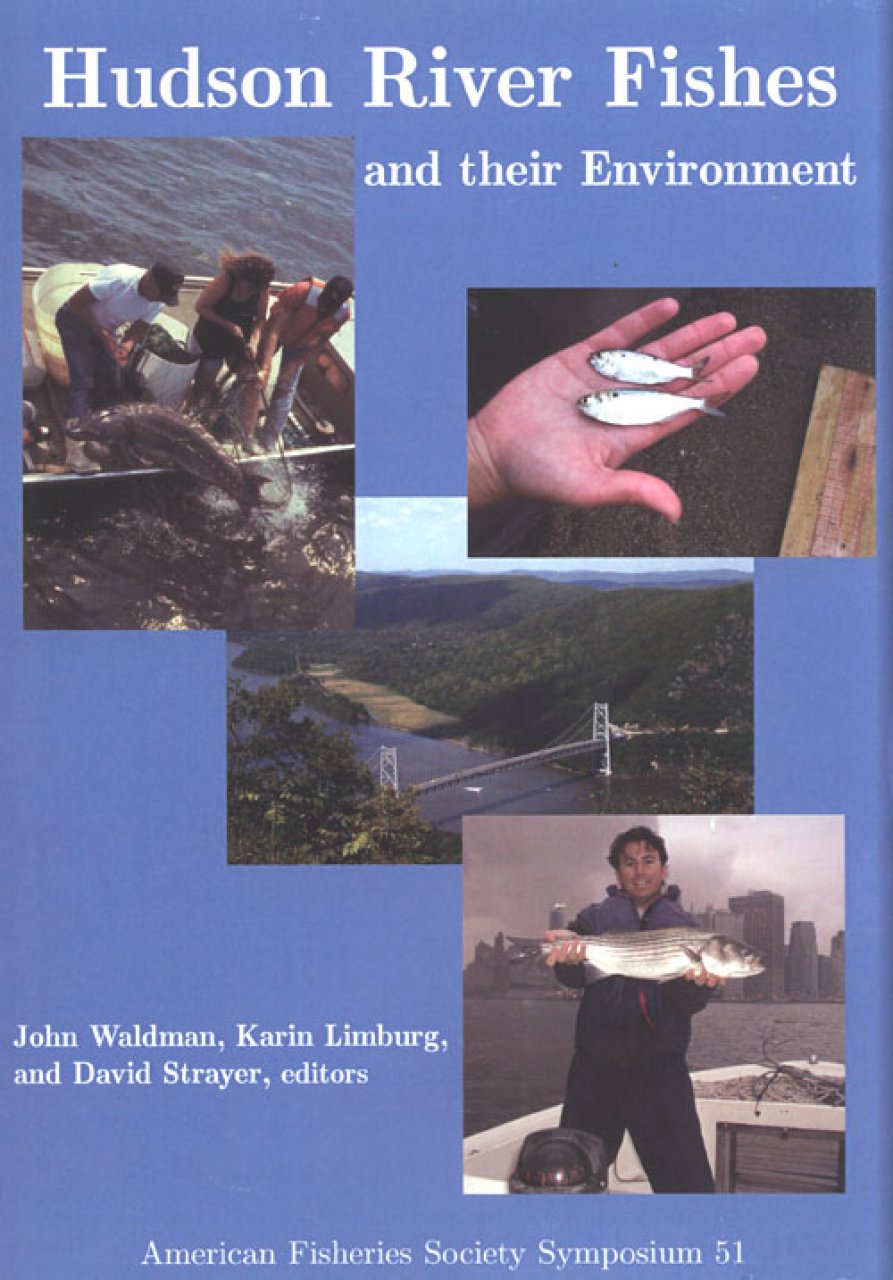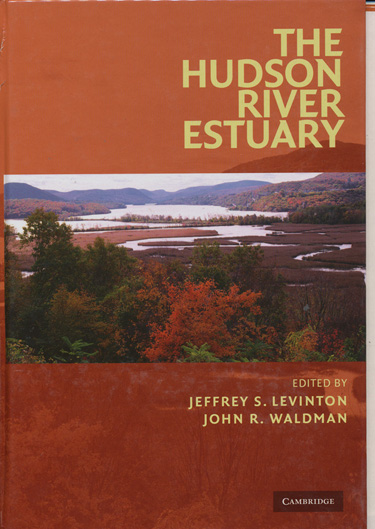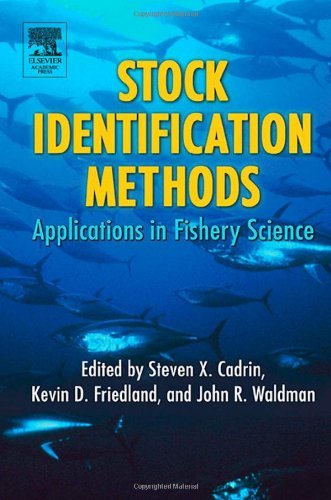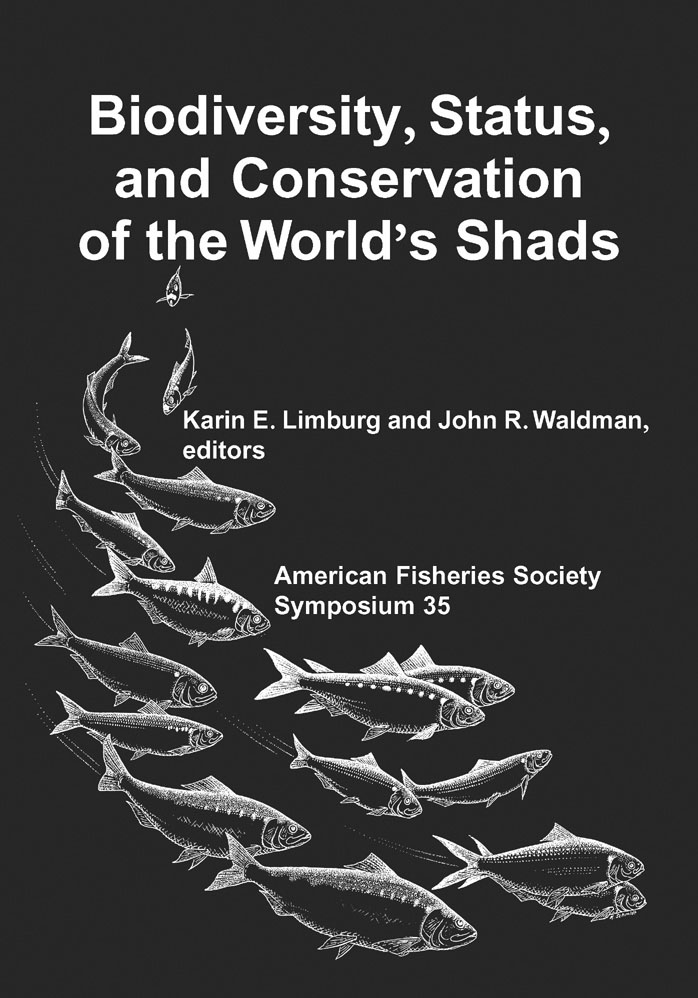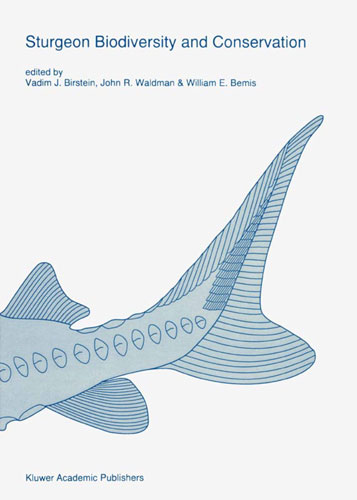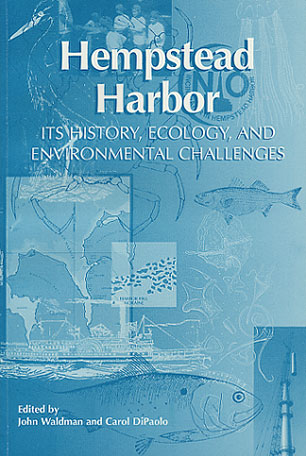Technical Books
Given the realities of climate change and sea-level rise, coastal cities around the world are struggling with questions of resilience. Resilience, at its core, is about desirable states of the urban social-ecological system and an understanding of how to sustain those states in an uncertain and tumultuous future. How do physical conditions, ecological processes, social objectives, human politics, and history shape the prospects for resilience? Most books set out to simply provide “the answer.” This book instead sets out a process of grappling with holistic resilience from multiple perspectives, drawing on the insights and experiences of more than fifty scholars and practitioners working together to make Jamaica Bay in New York City an example for the world.
Hudson River Fishes is a look at the biodiverse fish community of the Hudson River. Contributions from experts cover a range of important topics such as the physiography and chemistry of the river as fish habitat, to acoustic surveys, larval movements, life histories of key species, and recreational fisheries.
The Hudson River Estuary is a comprehensive look at the physical, chemical, biological, and environmental issues that are important to our understanding of the Hudson River. Special emphasis is placed on important issues specific to the Hudson, such as the effects of power plants and high concentrations of PCBs. The chapters are written by specialists at a level that is accessible to students, teachers, and interested laypersons.
Stock Identification of fishes is a discipline that exists at the fundamental level of microevolution and applied fisheries. Stock Identification Methods: Applications in Fishery Science is the first compendium of the many approaches to better understanding the stock structure of fishes. The broad categories covered include life history traits, natural marks, genetic analyses, and applied marks, in addition to statistical analyses and applications.
Shads are a large and important group of fishes found in both fresh and salt waters, with some exhibiting freshwater-marine migrations. Until a conference was held in Baltimore in 2001, there had not been a synoptic look at these species, some of which are imperiled. Biodiversity, Status, and Conservation of the World’s Shads provides the only synoptic view of these fishes, including their status, biology, and conservation, together with informative case studies.
Based on a major international conference on sturgeons held 1994 at the American Museum of Natural History in New York. Sturgeon Biodiversity and Conservation encompasses the basic biology, history, status, and future of sturgeons. The experts gathered included representatives from Eastern European and Asian regions who presented on sturgeon species for which little information existed in western literature. Topics covered include paleontology, systematics, evolution, species status, and fisheries. Taken together, the volume is a state-of-knowledge synthesis of these threatened species.
Western Long Island Sound in New York has long been stressed by it large regional human population. Hempstead Harbor: It’s History, Ecology, and Environmental Challenges examines this water body at a level of students and sophisticated laypeople and including chapters on its geology, fishes and other wildlife, and environmental challenges.
